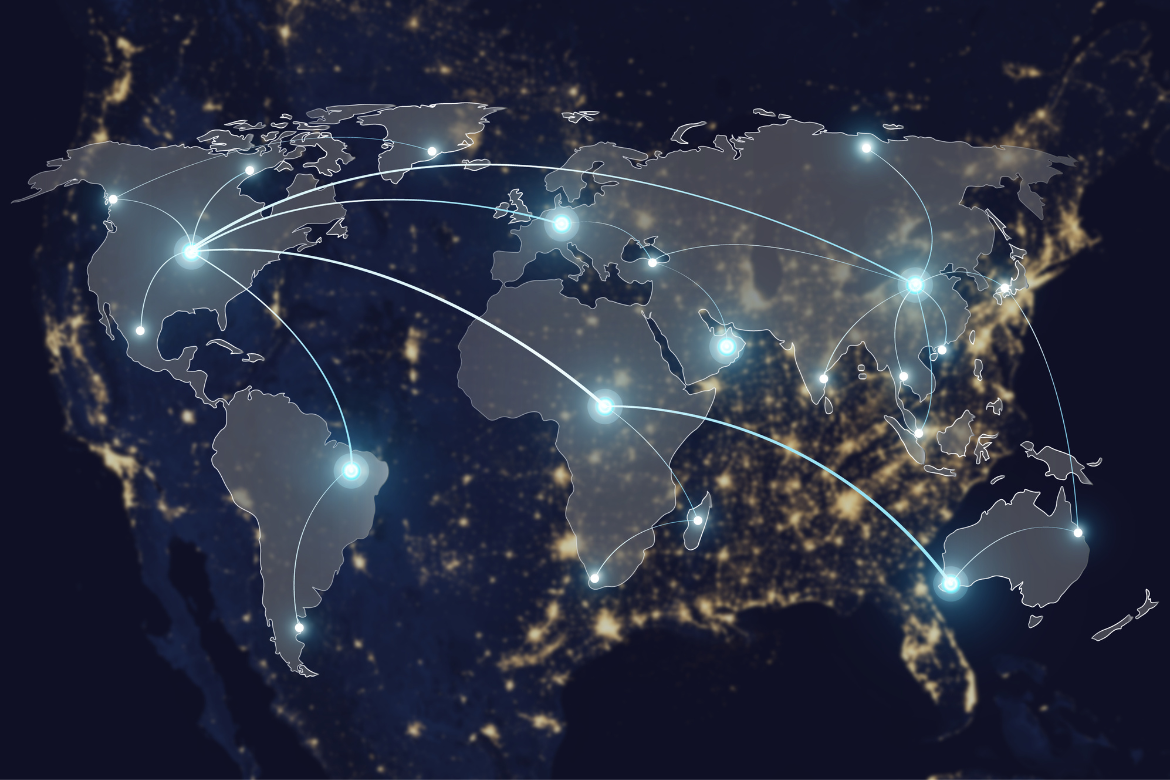Researchers from the Complexity Science Hub (CSH) reported that countries’ exposure to production losses is caused by firm defaults in other countries. They found that wealthy nations are only exposed to supply chain disruptions from other high-income countries, and poor and developing nations are exposed to shocks from all countries.
Using the Standard & Poor’s Capital IQ platform, they gathered data on almost 1 million corporate relationships, detailing the flow of goods and services between countries. Results of the study is published in Nature Communications.
The underlying question was, “What would happen in the event of a supply chain disruption?”—whether it be a transportation infrastructure problem, like the collapse of the Baltimore Bridge, or a natural disaster, such as an earthquake in Taiwan. They then simulated economic shocks—interruptions in the flow of goods and services—and observed how they propagated. They discovered that high-income countries create significant exposures beyond their regions, exporting systemic risk. In contrast, low-income countries are disproportionately strongly affected by high exposure values.
The study’s results also reveal that exposure to other nations is highly structured on a regional level. Companies are most vulnerable to shocks within their own borders. This also applies to regions: African companies are closer to others in Africa, and European firms have closer ties to those on the Old Continent.
“Since exposure inequality arises from the structure of the global supply network on the firm level, it is important to understand the processes that let firms from different income countries enter into production and trade relations and how this could happen by creating less risk exposure to poorer countries,” said the authors.
The authors of the study urge a global effort to collect and monitor granular economic data way better than what was available in the study. With better data, researchers and policymakers will be able to track the spreading of supply chain threats worldwide so that it becomes usable and helpful for individual companies.

